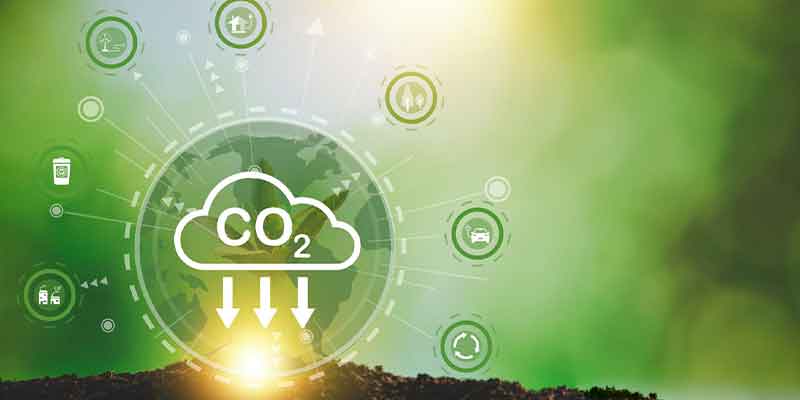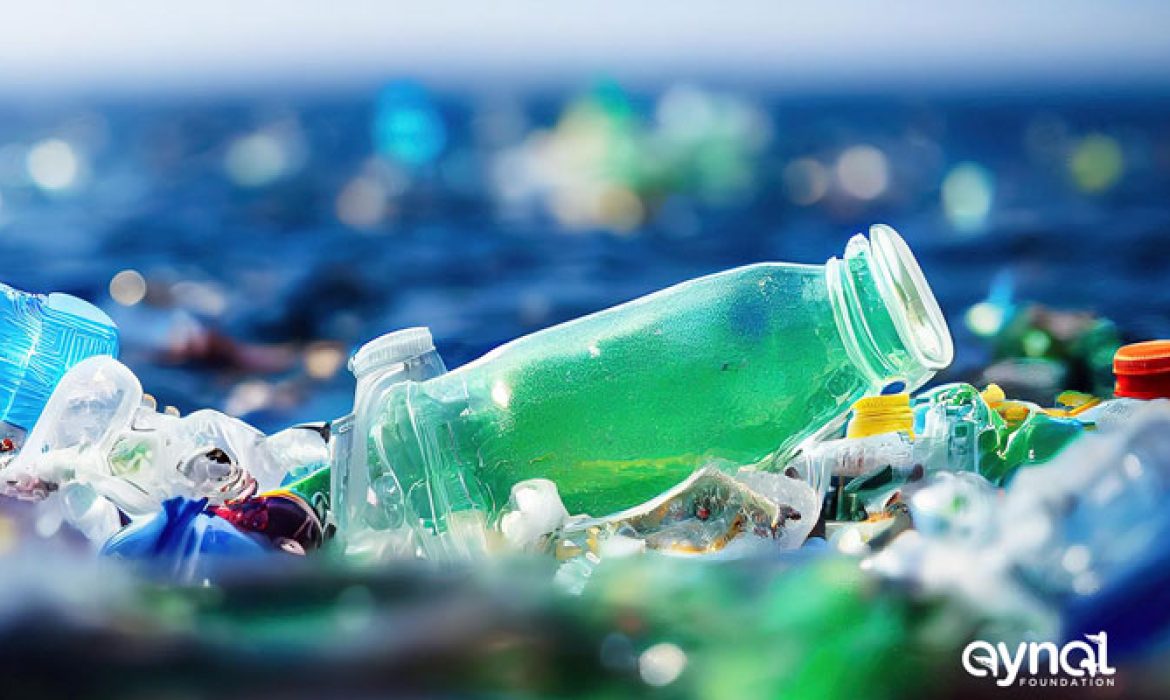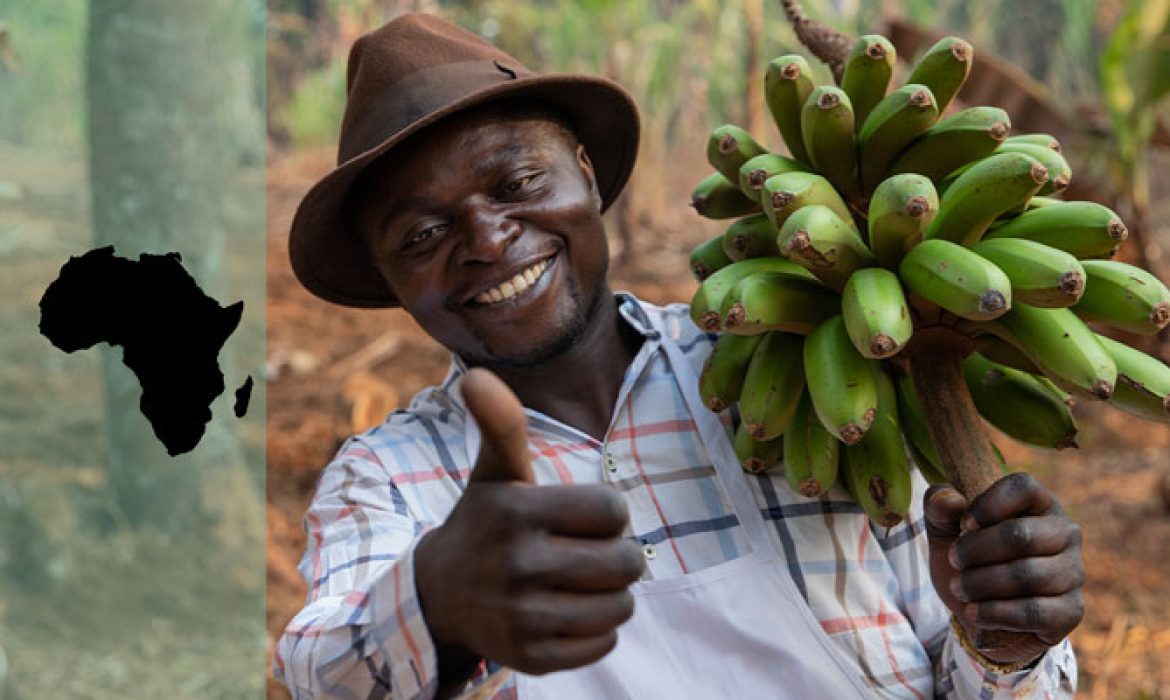The End of Plastic Pollution is Near
Plastic pollution is a major global environmental problem affecting humans’ and wildlife’s health and well-being. It has become a pervasive presence in our oceans, rivers, and even the air we breathe, and its negative impacts are being felt worldwide. However, despite these challenges, there is reason to believe that the end of plastic pollution may be near.
One key factor that could bring an end to plastic pollution is the growing awareness of the issue. In recent years, there has been increasing recognition of plastic’s environmental and health impacts, which has led to a growing movement to reduce plastic use and increase recycling. This has been driven in part by advocacy groups and media attention. Still, it has also been fueled by the efforts of individuals and communities worldwide who are taking action to reduce their plastic consumption and advocate for change.
Another factor that could help to end plastic pollution is the increasing number of policy and regulatory measures being put in place to address the issue. Governments worldwide are beginning to take action to reduce plastic use and increase recycling through measures such as bans on single-use plastics, extended producer responsibility programs, and incentives for the use of more sustainable materials. In addition, there are also growing efforts to address plastic pollution at the international level through initiatives such as the United Nations Clean Seas campaign, the Ocean Plastics Charter, and AYNAT’s Plastic Recycling & Innov8 Project.

A third factor that could help to end plastic pollution is the development of new technologies and materials that can help reduce plastic use and increase recycling. This includes the development of bioplastics and other sustainable materials that can be used as alternatives to traditional plastics, as well as new technologies that can help to improve the recycling process and make it more efficient. In addition, there are also growing efforts to develop new technologies that can help capture and remove plastic pollution from the environment, including using advanced filtration systems and other innovative approaches.
While these efforts are encouraging, there is still a long way to go in the fight against plastic pollution. Despite the progress made, plastic production and consumption continue to rise, and there are still major challenges to be addressed in reducing plastic use and increasing recycling. In addition, there are also concerns about the potential negative impacts of some of the alternatives to traditional plastics, such as the potential for bioplastics to compete with food production or to have other unintended consequences.
Despite these challenges, there is reason to believe that the end of plastic pollution may be within reach. With the right policies, technologies, and collective efforts, it is possible to reduce plastic use, increase recycling, and ultimately end this global environmental problem. While it will not be easy, the potential benefits for the environment and human health make it a goal worth striving for.
Why the Future is African Agriculture
Africa is a vast and diverse continent, home to a range of climatic conditions and soil types that make it well-suited for agriculture. Despite this potential, African agriculture has historically needed to be developed, with low levels of productivity and efficiency compared to other regions of the world. However, there are several reasons to believe that the future of African agriculture is bright.
One key factor is the growing demand for food in Africa. The continent’s population is expected to continue increasing in the coming decades and will need to be fed. This presents a significant opportunity for African agriculture to meet this demand and become a major global food producer.
African agriculture will need to become more productive and efficient. There are already efforts underway to improve the productivity of African agriculture, including using modern technologies such as precision farming and irrigation systems. These technologies can help farmers better to manage their land, water, and other resources, increasing crop yields and improving the overall sustainability of agriculture in the region.
Another critical factor in the future of African agriculture is the potential for innovation and entrepreneurship in the sector. Africa is home to a large and growing youth population, which could be a key driver of innovation and development in agriculture. There are already several initiatives underway to support young people in agriculture, including through education and training programs and the creation of entrepreneurship opportunities.
In addition to these efforts to improve productivity and encourage innovation, there is also increasing recognition of the importance of smallholder farmers in Africa. Smallholder farmers make up the majority of farmers in the continent and play a vital role in the agricultural sector. Efforts are underway to support their development and success, including through the provision of training, access to financing, and the development of value chains that can help smallholder farmers get their products to market.

Another factor that could drive the future growth of African agriculture is the increasing demand for sustainable and organic products. As consumers worldwide become more concerned about their food choices environmental and social impacts, there is a growing demand for sustainably-produced products, including those from Africa. This presents an opportunity for African agriculture to tap into this demand and achieve higher product prices.
Of course, there are also challenges to be addressed in developing African agriculture. One key challenge is the need to address land tenure issues and land access, which can be a significant barrier to the development of agriculture in the region. In addition, there are issues related to infrastructure and access to markets, which can make it difficult for farmers to get their products to market and receive fair prices.
Despite these challenges, there are many reasons to be optimistic about the future of African agriculture. With the right policies and investments, Africa has the potential to become a major global food producer, supporting economic growth and development across the continent. In addition, Africa can contribute to a more sustainable and equitable global food system by supporting the development of sustainable and innovative agriculture practices.
AYNAT is on a mission to make this happen.
What is Carbon Sequestration?
One method to combat climate change is carbon sequestration, which involves extracting and storing carbon from the atmosphere.
It will take a massive effort from everyone on Earth to further stop the atmosphere from warming. Every viable answer, from reducing our reliance on carbon-emitting fuels to setting a net zero emissions target by 2050, is critical to avert unprecedented climate change.
Humanity is making a concerted effort to remove carbon from our atmosphere by changing the ways we build, consume, travel, and generate power. This effort goes hand in hand with a transition to clean energy systems and the decarbonization of high-emission practices, such as construction and transportation. However, strategies like carbon sequestration demonstrate how humans may cooperate with nature to address the climate challenge.
What’s the process of carbon sequestration?
Carbon dioxide (CO2) from the Earth’s atmosphere is captured, removed, and stored through carbon sequestration. It is a crucial technique for eliminating carbon from the world’s atmosphere.
This is crucial because around 45% of the CO2 humans produce still present in the atmosphere and contributes significantly to global warming. By storing carbon, more emissions contributing to global warming can be avoided.
There are two main ways that carbon can be buried: biologically or geologically. Additionally, even though it is promoted intentionally through various biological and geological techniques, it also naturally occurs on a massive scale in the environment.
The definition of biological carbon sequestration
The process of biological carbon sequestration involves the storage of carbon in the environment. ‘Carbon sinks,’ such as forests, grasslands, soil, seas, and other water bodies, are included in this. This type of sequestration is often referred to as “indirect” or “passive.”
Woodlands and forests are considered one of the greatest natural carbon sequestration methods. During photosynthesis, CO2 binds to plants and is released as a purifying emission in exchange for oxygen.
While an estimated 25% of the world’s carbon emissions are stored along with forests in other vegetative forms, such as grasslands or rangelands, forests typically store twice as much carbon as they release (fields, prairies, shrublands, etc.).
For carbon sinks to absorb CO2 properly, these natural ecosystems must be protected. The main threat to this natural process is deforestation, followed by intensive agriculture and development.
Soil
Carbon may be trapped and stored as carbonates in bogs, peat, and swamps. As CO2 combines with other mineral components like calcium or magnesium over thousands of years, these carbonates accumulate. Carbon is eventually liberated from the ground, but it doesn’t happen immediately—in extreme situations, it takes more than 70,000 years.
Oceans
Large bodies of water and aquatic ecosystems are also excellent CO2 absorbers. Another 25% of the CO2 released into the atmosphere by the planet is reportedly absorbed by them. Most of this carbon is stored in the ocean’s uppermost layers. Another reason to decarbonize our atmosphere is that too much can acidify the ocean, endangering the biodiversity that dwells below.

Geological carbon sequestration: What is it?
It is called geological carbon sequestration, when carbon is held in materials like subsurface geological formations or rocks. This procedure, which may effectively offset emissions from human activities like manufacturing or building, is entirely artificial or “direct.”
As a result, it is also primarily technical, with recent developments indicating that carbon may be stored more successfully in more significant proportions. They consist of the following:
Manufacturing of graphene
CO2 is needed as an essential ingredient in the creation of graphene. Although it is only utilized in a few sectors, it plays a significant role in the creation of the electronic gadgets we use every day, such as cell phones and computer processors.
Fabricated molecules
By removing carbon from the air, a relatively recent scientific discovery, scientists may alter the structure of molecules to create new substances. In actuality, this may offer a productive strategy for generating raw materials while cutting atmospheric carbon.
Carbon Sequestration and Storage (CCS)
CCS entails the capture of carbon dioxide from industrial processes like the production of cement or steel as well as from the production of electricity. The CO2 is then compressed and transferred to facilities located far below Earth, where it is permanently stored and injected into rock formations.
What are some ways to scale up carbon sequestration?
The creation of technologies that will enable widespread carbon sequestration is getting closer. Any action that reduces emissions can help us become carbon neutral more rapidly if carbon can be collected during that activity.
Scaling up carbon capture is made easiest by promoting the expansion of our natural environment while maintaining what is presently there. The largest-scale carbon capture will be possible through reforestation, rewilding, or the reclamation of agricultural land, as well as through removing pollutants from our seas, lakes, and oceans.






